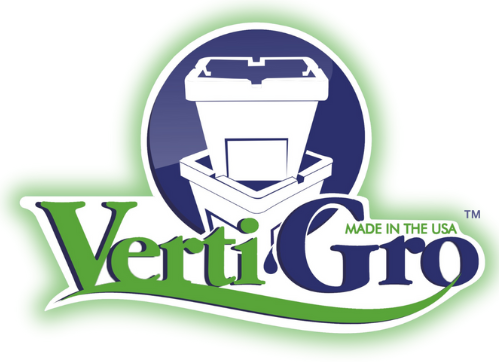
Plastics and EPS
Share
The Truth About Plastics in Agriculture and Beyond
(by Tim Carpenter)
As a research chemist and longtime user of plastics, I can confidently say: not all plastics are created equal—especially when comparing those used in agriculture to those in vehicles, packaging, or many consumer products. Have you ever thought about a reliable replacement for plastics in our medical system?
Understanding Plastic Longevity and Breakdown
Take automotive plastics, for example. Headlight covers, dashboards, and even center console materials degrade quickly under sun exposure. Opaque or clear plastics used in vehicles often yellow, cloud, or crack—even when the windows are closed. Greenhouse films and tunnel covers suffer a similar fate if left in the sun too long. UV exposure is the key culprit, not the plastic itself.
Unfortunately, some articles and studies focus only on the potential dangers of plastics, often without context. While some plastics may release trace emissions—this doesn’t reflect the behavior of high-density, agricultural-grade plastics. EPS doesn’t contain BPA, a chemical of concern in plastics these days. I've spent years testing plastics from every angle—from yogurt cups and shipping trays to high-density agricultural containers. What we’ve learned is simple: plastic performance and safety depend on its chemistry, how it’s manufactured, and how it’s used.
Plastics in the Nursery Industry
Plastics are used everywhere in horticulture—from propagation trays to nursery pots. Over time, we observed how thin or clear plastics—especially white or transparent nursery pots—broke down quickly when exposed to sunlight, often within a year. This led to black plastic becoming the industry standard due to its longer-lasting resistance to UV degradation.
Rubberized plastic containers, like those made by Rubbermaid, set a new standard. Even when left outside for years, they held up without cracking or fading. That kind of resilience inspired us to pursue better solutions for agricultural applications.
The Verti-Gro Solution
In 1996, in Colorado Springs, our team began designing a better alternative: an insulated growing container made from high-density expanded polystyrene (EPS). Working with a molding company and using a steel mandrel to form the pot, we ensured both strength and consistency.
These containers were refined over time in collaboration with manufacturers like Sonoco Corporation. We developed EPS blocks that could withstand sun, water, and nutrient exposure without degrading or releasing chemicals into the root zone.
Our commitment from day one was to never send a Verti-Gro container to a landfill. Over 5,000 of these containers have been returned to us after more than 13 years of use—and most are still functional. This isn’t a single-use plastic that goes in the trash. It’s a long-term agricultural tool.
Addressing Common Misconceptions
There’s a common fear that EPS leaches chemicals into plant roots or becomes too hot under the sun. In reality: EPS is inert. It doesn’t break down or leach into the plant roots or soil or growing media.
· Roots grow toward the dark, not the light. If roots are exposed to sunlight, it’s likely because the container has been damaged.
· Our temperature tests showed that black and white EPS blocks have almost identical internal temperatures. The white surface doesn't overheat roots—and actually promotes better stem growth and stronger root development.
· The temperature of the growing media in our white pots vs black plastic pots is up to 10 degrees less depending on the weather and the nutrient solution temperature. The most important factor is the consistent root temperatures, as well as night temperatures are higher.
EPS has been tested in every way—durability, temperature resistance, re-use potential—and continues to outperform cheaper plastic alternatives. We routinely clean and sanitize our EPS containers and allow them to dry completely before reuse. This process not only ensures crop health but dramatically extends the lifespan of the container. The pot is protected from direct sunlight by the plants, therefore ensuring an even longer lifespan.
A Chemist’s Perspective
As a chemist, I understand the chemical differences in plastics, as well as the myths that persist. People often generalize about plastics without knowing the formulation or the function. But not all plastics are created with the same intent—or the same durability.
I’ve used EPS containers daily for over 40 years in agricultural systems designed to reduce chemical use and improve food safety. We've grown crops in EPS systems that reduced nutrient runoff and prevented root contamination—problems that often arise in soil-based farming. EPS systems help create cleaner, more predictable growing environments, which allow for reduced pesticide and herbicide use. Our methods have allowed small growers and large farms alike to reduce pesticide use, improve food safety, and cut growing costs—all while extending crop cycles compared to traditional practices.
Conclusion:
The answer isn’t to fear plastics—it’s to understand them. Well-designed plastics, like EPS, have proven to be safe, durable, and sustainable when used wisely in agriculture. Instead of a short-term, disposable solution, they can be part of a long-term environmental strategy that reduces waste, supports growers, and protects the soil.
Plastics, when chosen and applied carefully, can serve agriculture—not harm it.

